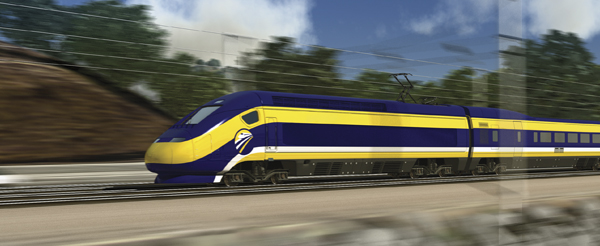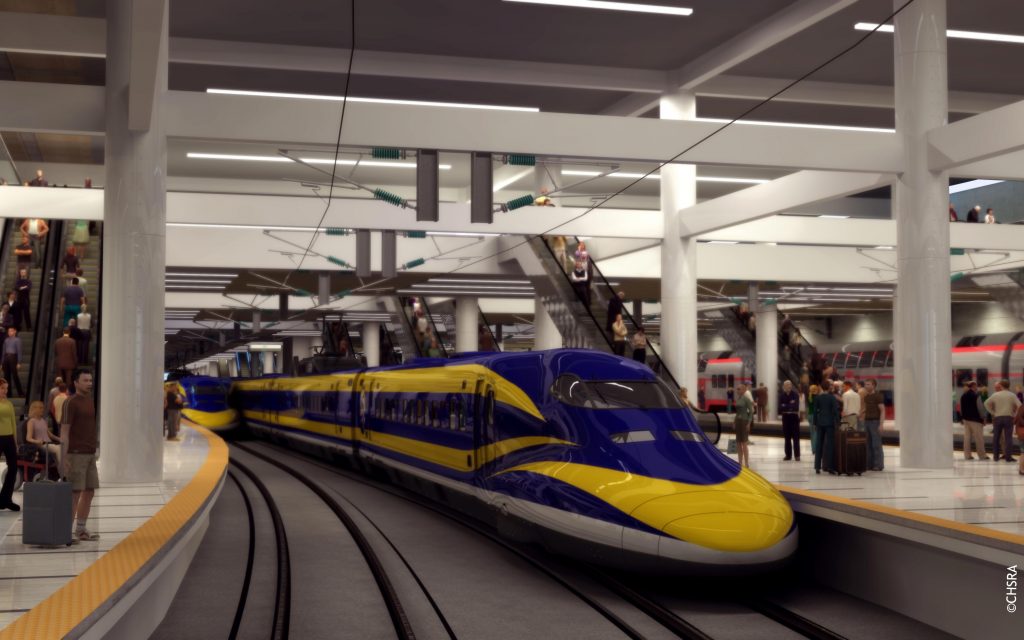
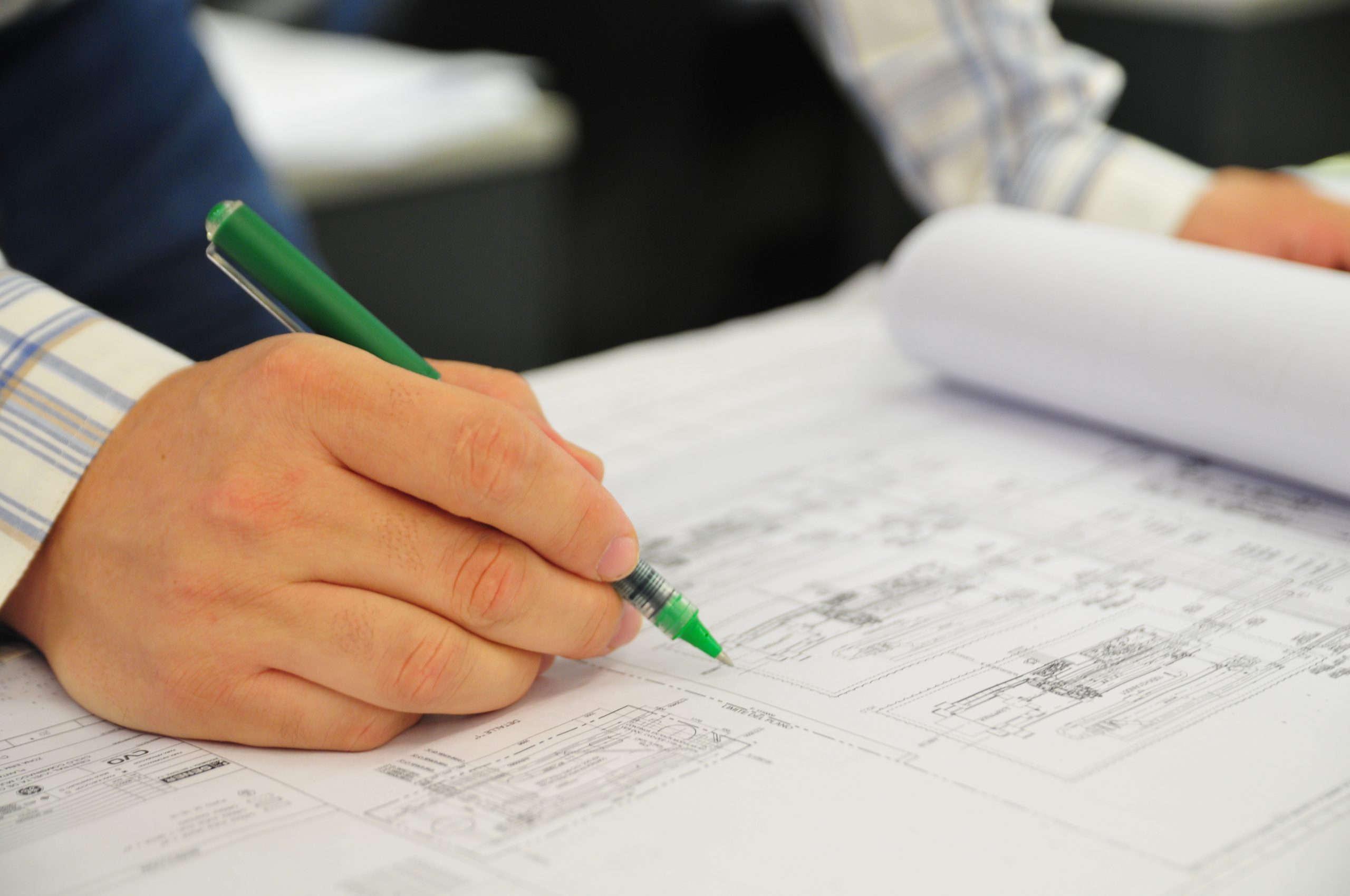


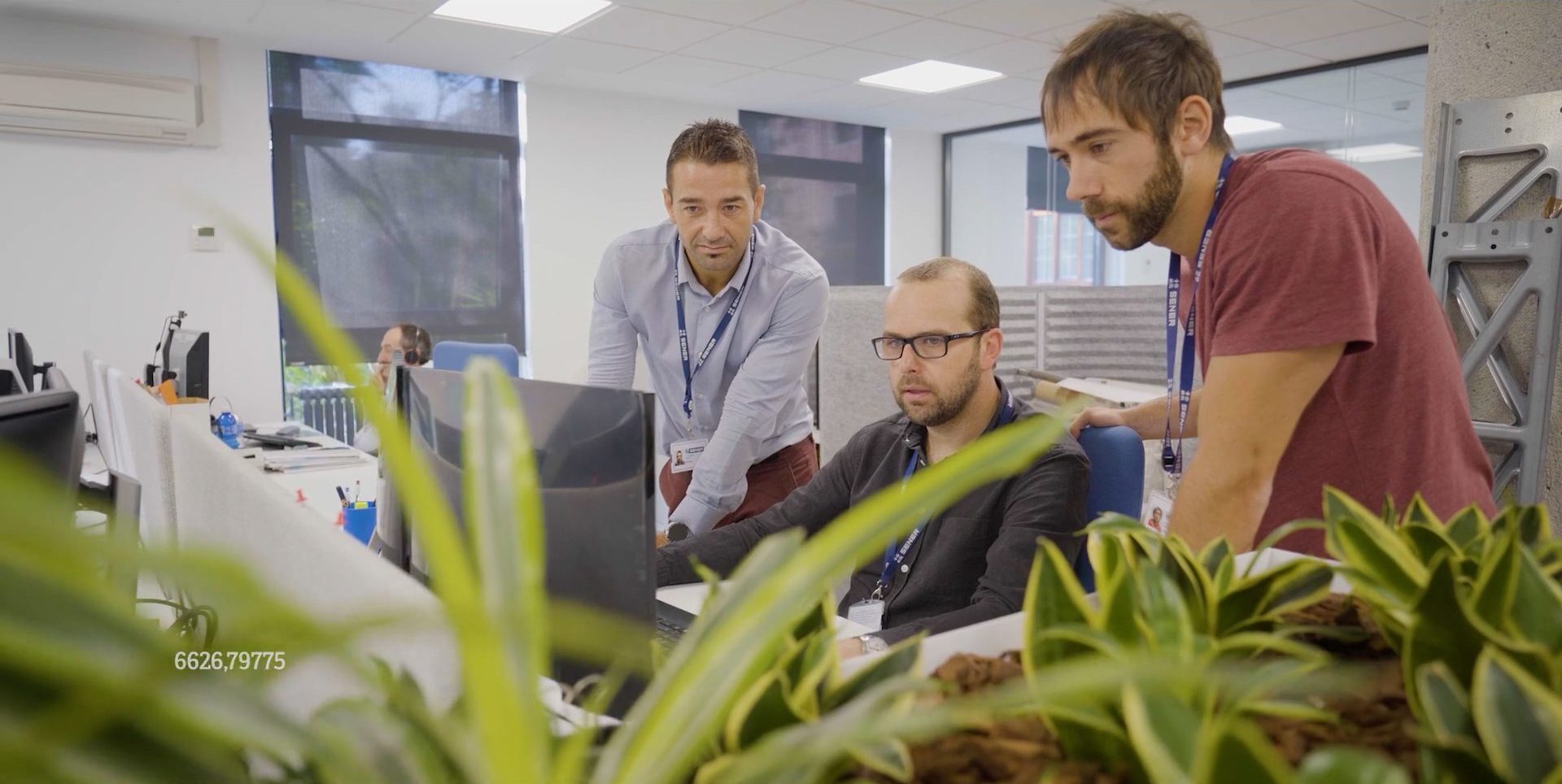









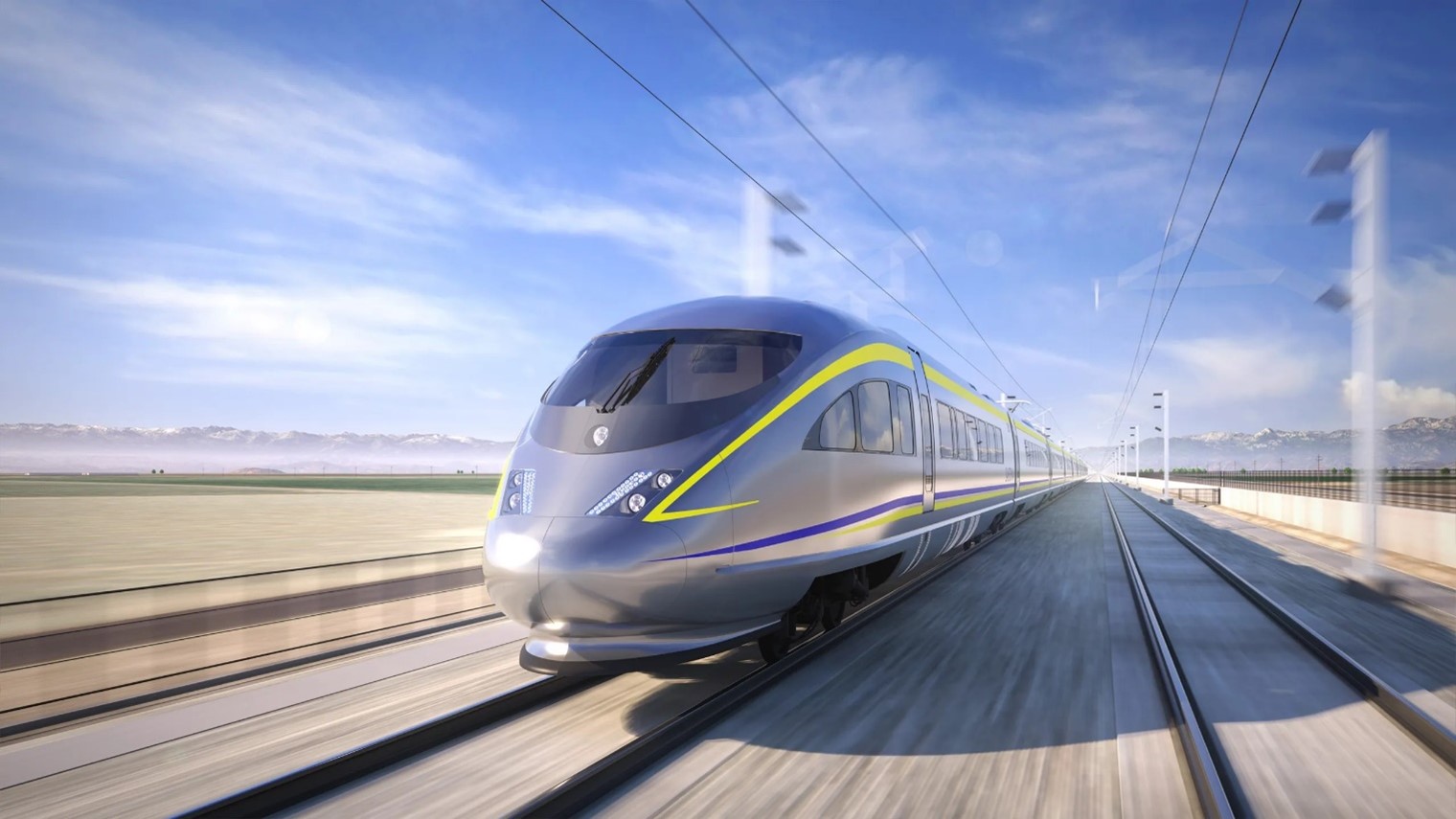 Contacto
Contacto
At Sener, we are leading the environmental study and preliminary design of the California high-speed rail line, between the cities of Palmdale and Burbank.
The section between Palmdale and Burbank is part of Phase 1 to develop the high-speed system in California. It covers approximately 70 kilometres and travels through urban, rural and natural areas. It also rises through around 600 m and reaches maximum depths of about 800 m. For this section, the California High-Speed Rail Authority (CHSRA) has obtained environmental certification.
In 2015, CHSRA selected Sener to provide engineering and environmental services for the Palmdale to Burbank section.
In this first phase of the project, we have been responsible for the preliminary design and analysis of alternatives, until we identify the solution preferred by the CHSRA. At the same time, we have led analysis of the environmental impact, the conceptual design of the Palmdale and Burbank stations, and identification of rights of way to acquire for the route, stations and auxiliary elements, also supporting the CHSRA throughout the public information process.
At Sener we have acted as the main consultant, leading a group of more than 30 collaborating companies. These companies include some of the most important US entities specialising in engineering and the environment, guaranteeing a consensus between the different stakeholders of this highly technical project.
The Palmdale to Burbank section will be the first to be developed on the San Francisco – Los Angeles high-speed rail line, the first high-speed rail system under construction in the United States, which will connect San Francisco, Sacramento, Los Angeles and San Diego on a total route of 1,287 km with 24 stations for travellers.
Technical challenges include those related to the seismic design of tunnels and structures. In particular, the tunnel and also surface crossing of active faults is a unique aspect, as is the tunnel design to withstand water pressures greater than 25 bar.
The tunnels are designed with different diameters to accommodate potential routing readjustments capable of absorbing the expected seismic displacements.
This first section of work has 45 kilometres of tunnel, including two tunnels with a length of more than 20 kilometres in seismic zones, crossing faults including San Andrés, San Gabriel and Sierra Madre.
The overall project includes the execution of 6 deep surveys (down to 900 m) for investigation of the base tunnels. A specific study has also been developed for the tunnel ventilation system.
It will also incorporate state-of-the-art traffic signalling and safety technology, such as positive train control (PTC), anti-intrusion barriers and an early earthquake warning system, among other developments.

